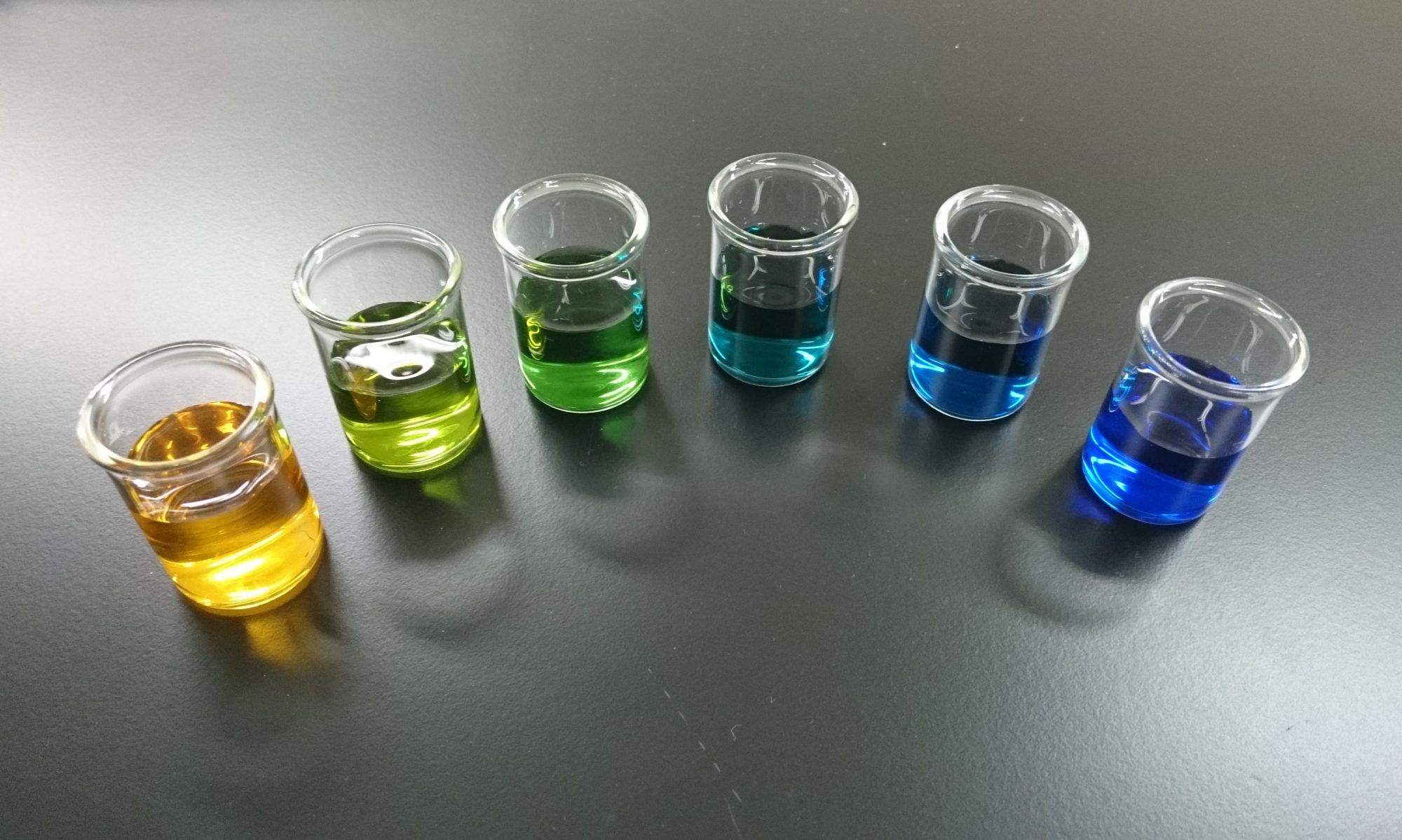問題1.1.1
次の数列$\{ a_n \}$の極限を求めよ。
(1)$a_n=\left( 1-\dfrac{1}{n} \right) ^n$ (2)$a_n=\sqrt{n+1}-\sqrt{n}$
《ポイント》
「極限を求めよ。」とあるので収束は前提として良いでしょう。いずれも数Ⅲの範囲で解答できますね。
(1)は自然対数の底(ネイピア数)の定義に持ち込んで極限値を求めます。
(2)はそのままだと$\infty – \infty$の不定形となってしまうので、まず式変形でこれを解消します。
《(1)解答例 》
$-\dfrac{1}{n}=m$と置くと、
$$a_n =\left( 1-\dfrac{1}{n} \right) ^n =\left( 1+m \right) ^{-\frac{1}{m}}$$となる。
$n \to \infty$のとき、$m \to 0$である。$m \to 0$のとき、$(1+m) ^{\frac{1}{m}} \to e$であるから、
$\displaystyle \lim_{n \to \infty}{a_n}=\displaystyle \lim_{m \to 0}\left( 1+m \right) ^{-\frac{1}{m}} = e^{-1} = \dfrac{1}{e} \ \ \cdots \cdots \text{(答)}$
と求められる。
《(2)解答例 》
$\begin{align} a_n &=\sqrt{n+1}-\sqrt{n} \\ &=\dfrac{(\sqrt{n+1}-\sqrt{n})(\sqrt{n+1}+\sqrt{n})}{\sqrt{n+1}+\sqrt{n}} \\ &=\dfrac{(n+1)-n}{\sqrt{n+1}+\sqrt{n}} \\ &=\dfrac{1}{\sqrt{n+1}+\sqrt{n}} \end{align}$
$n \to \infty$のとき、$\sqrt{n+1}+\sqrt{n} \to \infty$であるから、
$\displaystyle \lim_{n \to \infty}{a_n}=0 \ \ \cdots \cdots \text{(答)}$
と求められる。
復習例題1.1.1
次の数列$\{ a_n \}$の極限を求めよ。
(1)$a_n=\left( 1+\dfrac{1}{n^2} \right) ^n$
(2)$a_n=n \left( \dfrac{1}{\sqrt{n+1}}-\dfrac{1}{\sqrt{n+2}} \right)$
